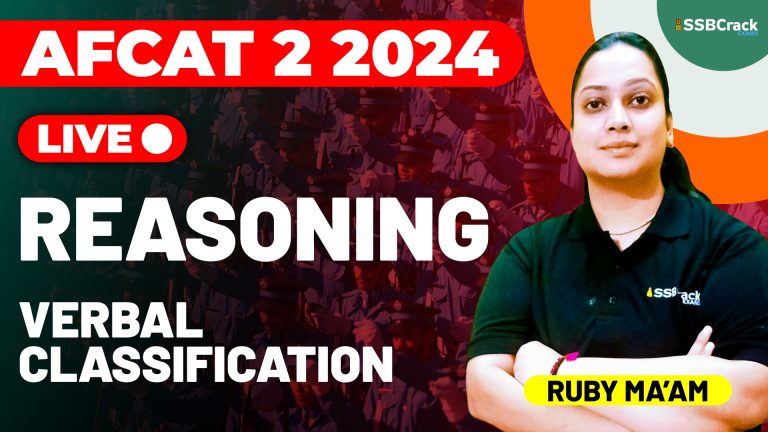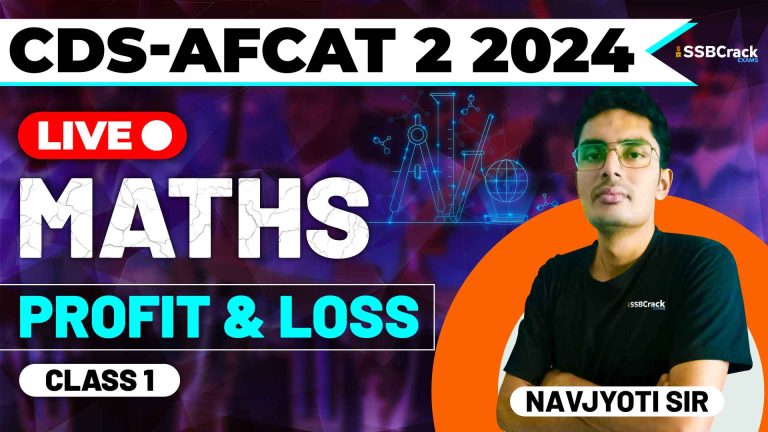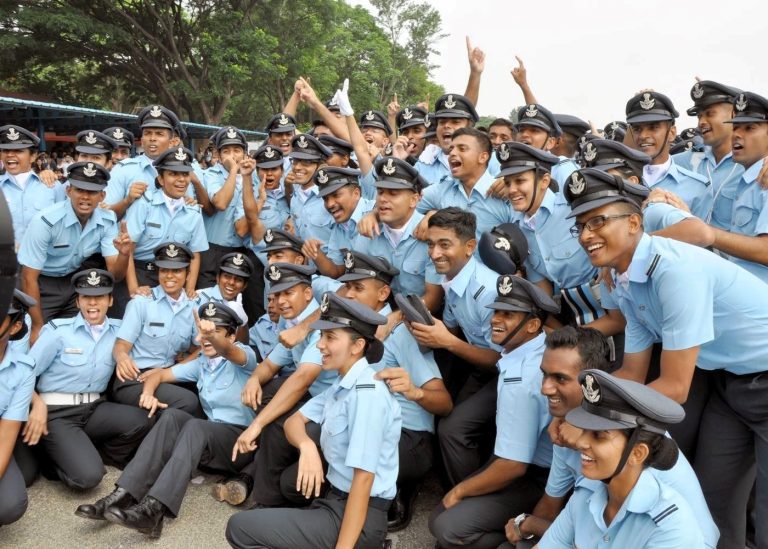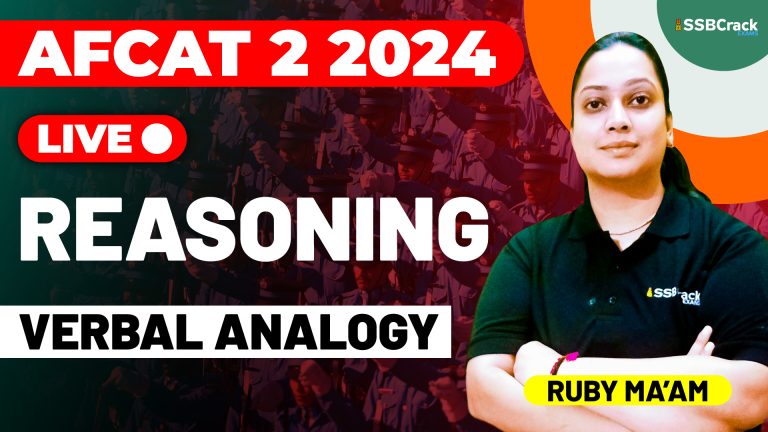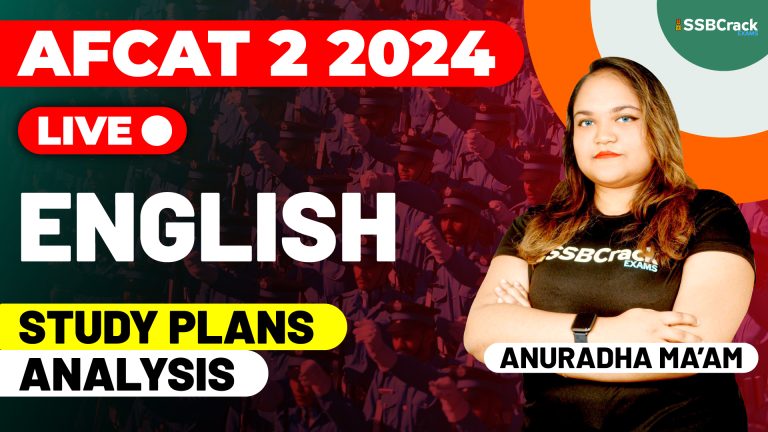In the pursuit of success in competitive exams like AFCAT (Air Force Common Admission Test), candidates recognize the importance of mastering the Reasoning section. An extra class specifically focused on Direction and Distances, Figure Series, and Missing Character provides a unique opportunity to delve deeper into these critical topics. This article aims to comprehensively explore the insights gained from the AFCAT 1 2024 Exam Reasoning – Extra Class, shedding light on the nuances of Direction and Distances, Figure Series, and Missing Character, while offering valuable strategies for effective preparation.
Understanding Figure Series
Essential Concepts of Figure Series
- Sequential Patterns:
- Identification of sequential patterns in a series of figures and the ability to predict the next figure in the sequence.
- Rotation and Reflection:
- Recognition of rotations and reflections within a series, understanding the transformations applied to the figures.
- Symmetry and Asymmetry:
- Distinguishing between symmetrical and asymmetrical figures, and identifying patterns based on symmetry.
- Size and Position Changes:
- Analysis of changes in size and position of figures in a series, predicting the next figure based on these transformations.
Solving Previous Year’s Important Questions
- Identifying Sequential Patterns:
- Analysis of the sequential pattern involves recognizing changes in position, rotation, or size to predict the next figure accurately.
- Rotation and Reflection:
- Understanding the alternating rotations and reflections in the series is essential for decoding the pattern and predicting the next figure.
- Symmetry and Asymmetry:
- Recognition of a symmetrical expansion pattern and predicting the next figure based on this understanding.
Tricks for Efficient Figure Series Problem Solving
- Visualizing Transformations:
- The ability to mentally visualize rotations, reflections, and size changes facilitates a better understanding of the figures.
- Recognizing Sequential Patterns:
- Identifying consistent changes in position, rotation, or size as sequential patterns is fundamental for predicting the next figure.
- Analyzing Symmetry and Asymmetry:
- Distinguishing between symmetrical and asymmetrical changes in figure series is crucial for accurately determining patterns.
- Size and Position Changes:
- Recognizing changes in size and position is essential for accurately determining the pattern in a figure series.
Understanding Missing Character in Figures
Essential Concepts of Missing Character
- Pattern Recognition:
- Identifying patterns in figures and predicting the missing character based on established rules within a series.
- Sequential Logic:
- Applying sequential logic to deduce the relationship between characters in a series and identify the missing character.
- Grouping and Classification:
- Recognizing groups or classes within a series of figures and predicting the missing character based on grouping or classification.
- Symmetry and Asymmetry:
- Analyzing symmetry and asymmetry in figures and understanding how these concepts influence the placement of missing characters.
Solving Previous Year’s Important Questions
- Identifying Pattern and Logic:
- Application of sequential logic and rotational transformations to identify the relationship between characters and predict the missing one.
- Grouping and Classification:
- Recognizing alternating groups of squares and circles and predicting the missing character based on this classification logic.
Tricks for Efficient Missing Character Problem Solving
- Analyzing Sequential Logic:
- Applying sequential logic is crucial for predicting missing characters based on established patterns within a series.
- Recognizing Grouping and Classification:
- Understanding grouping and classification is essential for accurately determining the placement of missing characters.
- Symmetry and Asymmetry in Figures:
- Analyzing symmetry and asymmetry enhances problem-solving capabilities in identifying missing characters.
- Visualizing Patterns:
- Mentally visualizing patterns aids in accurately predicting missing characters by understanding the established patterns.
Understanding Direction and Distances
Essential Concepts of Direction and Distances
- Cardinal Directions:
- Understanding the basic directions: North, South, East, and West, and their intermediaries (Northeast, Northwest, Southeast, Southwest).
- Relative Directions:
- Grasping concepts like left, right, front, back, and their applications in describing the position of an object or person.
- Angular Directions:
- Applying angular measurements, such as angles in degrees, to describe the direction of movement or position.
- Distances and Displacement:
- Distinguishing between physical distances and displacement, which takes into account both distance and direction.
Solving Previous Year’s Important Questions
- Cardinal Directions:
- The application of cardinal directions and basic geometry to determine the final position of an object or person.
- Relative Directions:
- Understanding the canceling effect of opposite relative directions to simplify the calculation of net displacement.
- Angular Directions:
- Calculation of the angular change to describe changes in direction more accurately.
Tricks for Efficient Direction and Distances Problem Solving
- Visualizing Cardinal Directions:
- Mentally visualizing cardinal directions aids in accurately determining final positions or directions.
- Canceling Relative Directions:
- Recognizing the canceling effect of opposite relative directions simplifies calculations.
- Angular Measurements for Precision:
- Utilizing angular measurements for precise descriptions of changes in direction.
- Utilizing Distances and Displacement:
- Understanding the difference between distances and displacement is crucial for accurately describing the position or movement of an object.
Analyzing Extra Complex Direction and Distances Questions
- Multiple Directional Changes:
- Combining multiple directional changes to determine the final position using cardinal directions.
- Angular and Cardinal Directions:
- Integrating angular and cardinal directions for precise positioning in complex scenarios.
Conclusion
The AFCAT 1 2024 Exam Reasoning – Extra Class on Direction and Distances, Figure Series, and Missing Character provides a holistic approach to mastering these crucial reasoning topics. The emphasis on understanding patterns, logic, and transformations within figure series and missing character problems, as well as the application of cardinal, relative, and angular directions in complex scenarios, equips candidates with essential skills. By adopting efficient problem-solving tricks and strategies, candidates can approach these reasoning challenges with confidence. As candidates continue their preparation journey, the insights gained from this extra class will undoubtedly contribute to their success in the upcoming AFCAT 1 2024 Exam. Best of luck to all aspirants in their pursuit of excellence!

